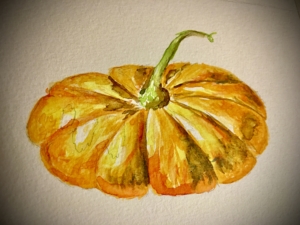Good evening, all. October 29, 2021. A fine Friday night, just 2 days from Halloween. The past couple of years have certainly had peaks of fear and scare, who needs Halloween? Well, a lot of us do!
A number of years ago there were news reports of poisoned candy, razor blades or needles embedded in treats, kids getting seriously sick — and some died. The news media jumped on these incidents and pointed fingers at evil strangers adulterating treats for their own perverse pleasure. But, as you may know, initial reports are usually highly speculative and often wrong. Remember, one goal of news media is the “breaking” story, and being the first to report is generally regarded as positive. Whether the information presented is accurate seems to be beside the point.
Studies of kids admitted to emergency rooms around Halloween have shown these reports greatly exaggerated. Further investigations often came to different conclusions. One child who died had gotten into another family member’s heroin, and the rest of the family covered by afterwards sprinkling heroin on candy and blaming strangers. Another child was poisoned by a parent to collect insurance. (Who takes out an insurance policy on an elementary school age child? That’s a red flag right there.)
Now, all these stories are between 20 and 40 years old. I first looked at this issue probably about 15 years ago. I thought it time to update my info, so went online. I checked on Snopes.com, and most of their articles are from about twenty years ago. Then I went to PubMed. If you’re not familiar with PubMed, it’s a database of peer-reviewed research. I was hoping there were more recent articles, but no there were not.
Seems this issue’s shelf-life was limited. Which brings up the issue  of what’s news-worthy, and what’s in the news cycle reflects more a cultural fear than real trends in events. Was there a cultural zeitgeist at that time, a sense of worry that one’s social environments were changing, that your neighbors came from different, strange, backgrounds, and the unknown was less certain? And this is how it got expressed? A time capsule, so to speak, of social concerns indirectly expressed. We do discuss mass media and its impacts in our six week Self-Defense 101.
of what’s news-worthy, and what’s in the news cycle reflects more a cultural fear than real trends in events. Was there a cultural zeitgeist at that time, a sense of worry that one’s social environments were changing, that your neighbors came from different, strange, backgrounds, and the unknown was less certain? And this is how it got expressed? A time capsule, so to speak, of social concerns indirectly expressed. We do discuss mass media and its impacts in our six week Self-Defense 101.
Even though these stories are decades old, they still pop up every year, seems the initial reporting became the real story and subsequent investigations and conclusions didn’t exist.
What is a real danger this coming weekend? Cars hitting pedestrians. That rate JUMPS on Halloween night. More people out on the street, maybe excited and not looking, and drivers not taking extra precautions on streets they routinely use.
Stay safe, stay aware when trick-or-treating (and driving!), and live life.
